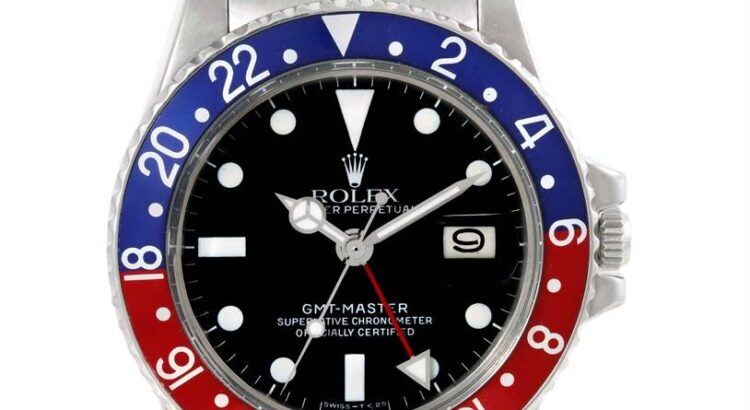Rolex has revised its Submariner collection for 2020 and has unleashed extraordinary demand for its Oyster model with a green bezel. We tested this latest version, with its improved case and new movement, in the WatchTime archives to see if it lived up to the hype.
At first, these sizes caused some confusion. The specifications for the new Rolex model showed a larger case of 41 mm instead of 40 mm. However, when the two models are placed side-by-side, the new watch almost looks smaller. In fact, the replica Rolex Oyster case has only been increased by a very small amount, from 40.3 mm to 40.8 mm. However, the smaller lugs make it even more streamlined than its predecessor. The Oyster bracelet now measures 21 mm between the lugs instead of 20 mm, and the clasp is 1 mm wider.
Rolex changed more than 90% of the components of its 3135 calibers and was granted 14 patents related to its development. In particular, shock absorption and reliability have been improved. A new ball-bearing rotor makes winding more efficient, and the power reserve can be built up more quickly. Some people may now be able to hear the sound of the rotor, which was previously silent.
The most important factor for the wearer is the increase in the power reserve from 48 to 70 hours. Rolex has achieved this increase through thinner barrel walls, which allow for a longer mainspring, and through the innovative Chronergy escapement, which increases the efficiency of the Swiss lever escapement by 15%. This was also achieved by modifying the geometry and skeletonized form, thus reducing its weight.
Rolex established strict regulatory specifications in 2015 with the aim of giving new life to the words “Super Chronometer”. The designation first appeared on dials in the late 1950s, when fake Rolex models ran with an accuracy that exceeded even the requirements for obtaining chronometer certification.
However, the high magnification of the lenses allows many people with long-sighted eyes to see the date without glasses.
